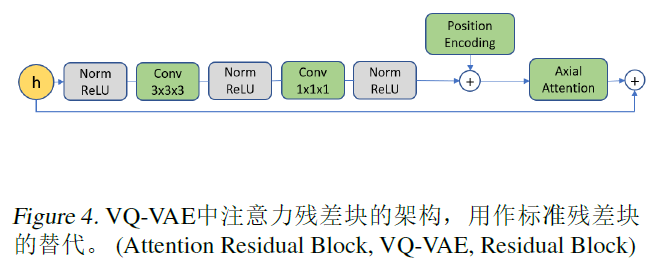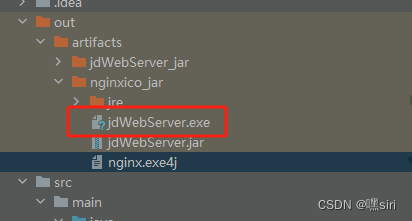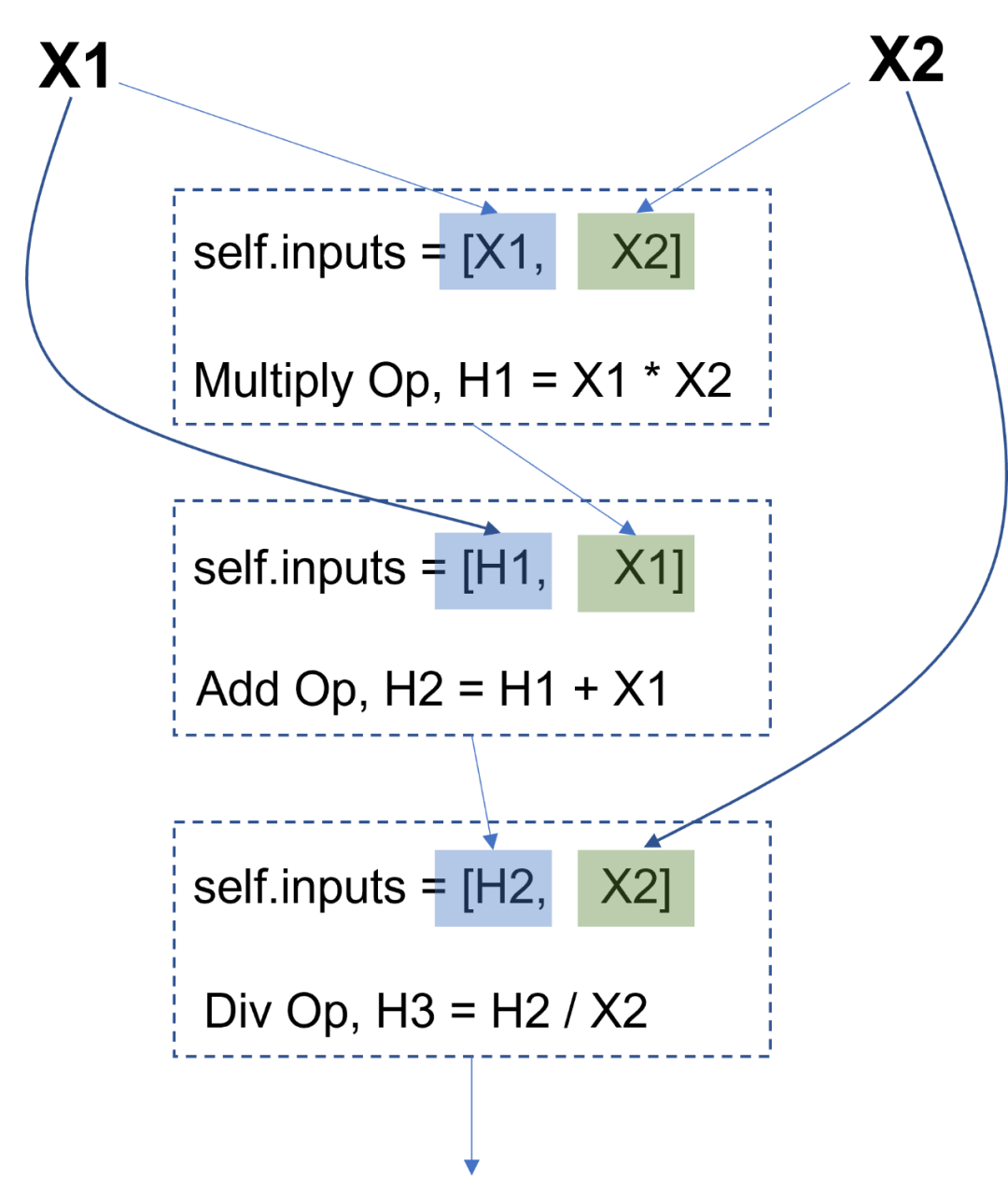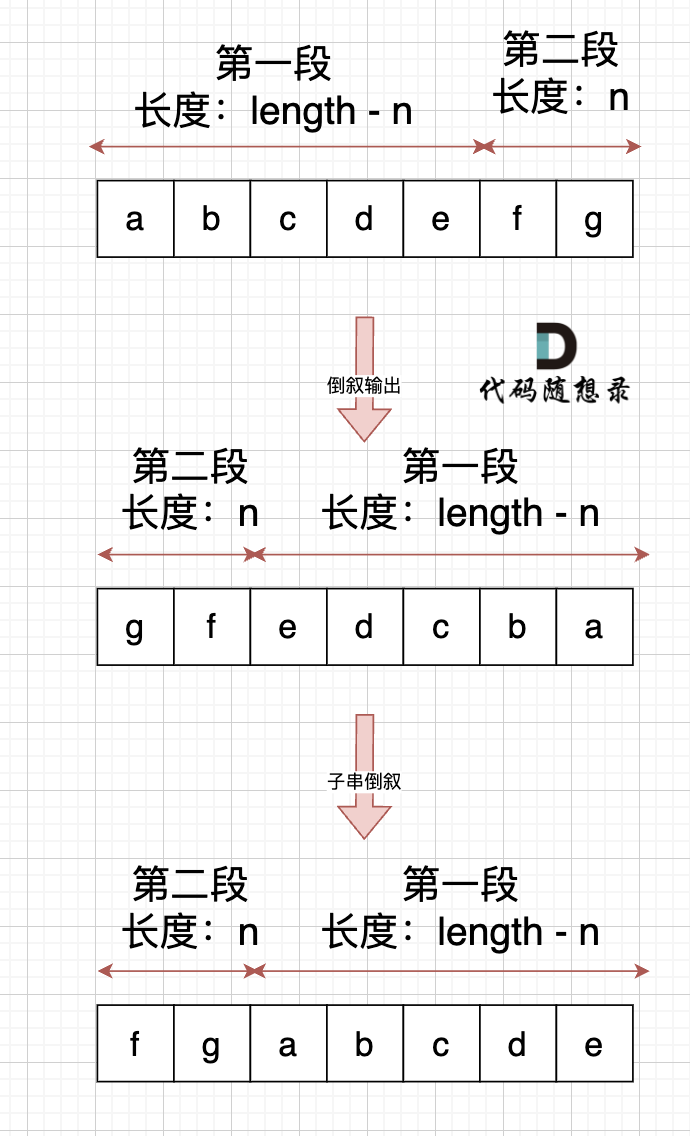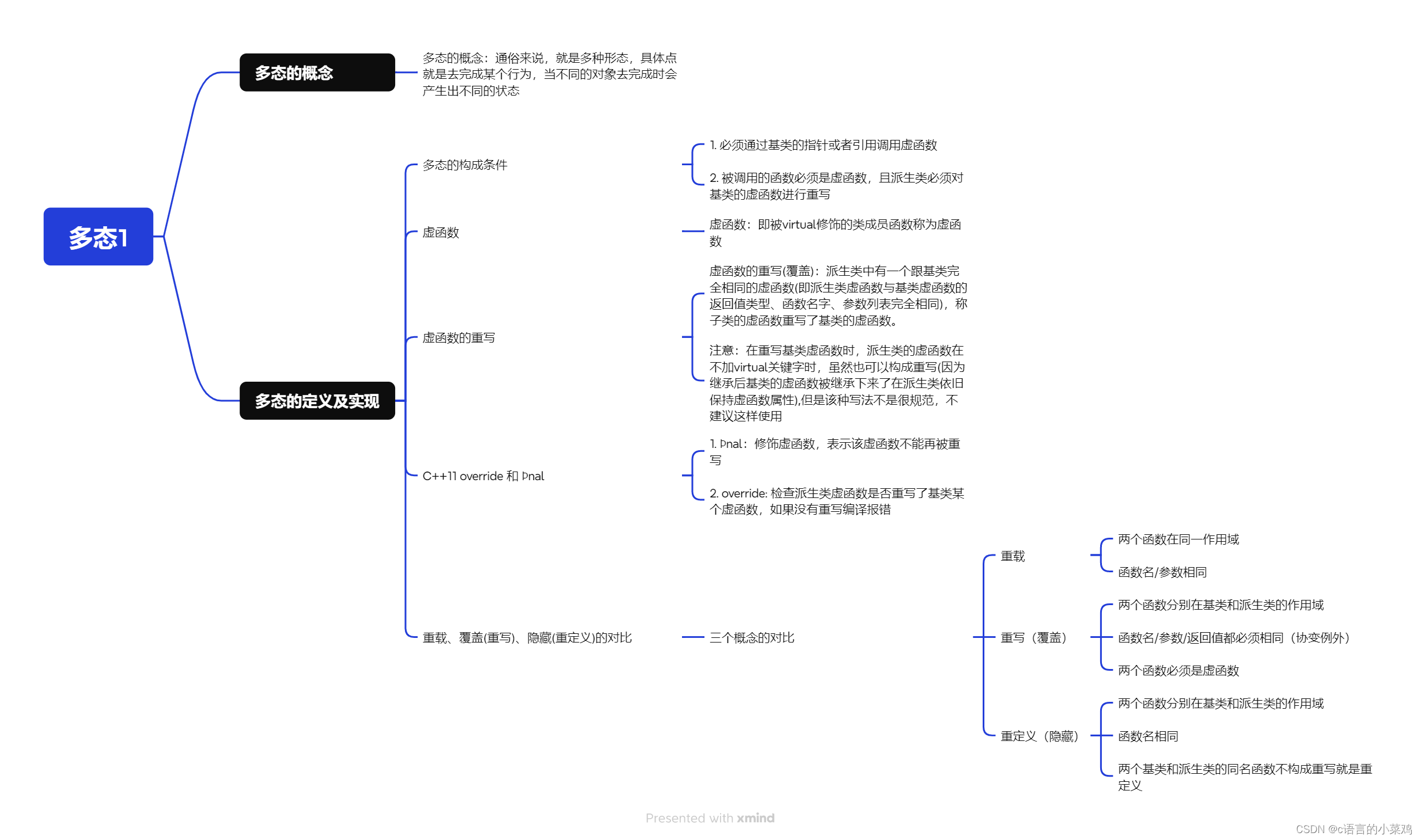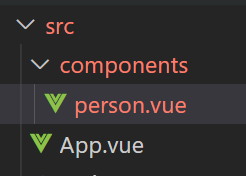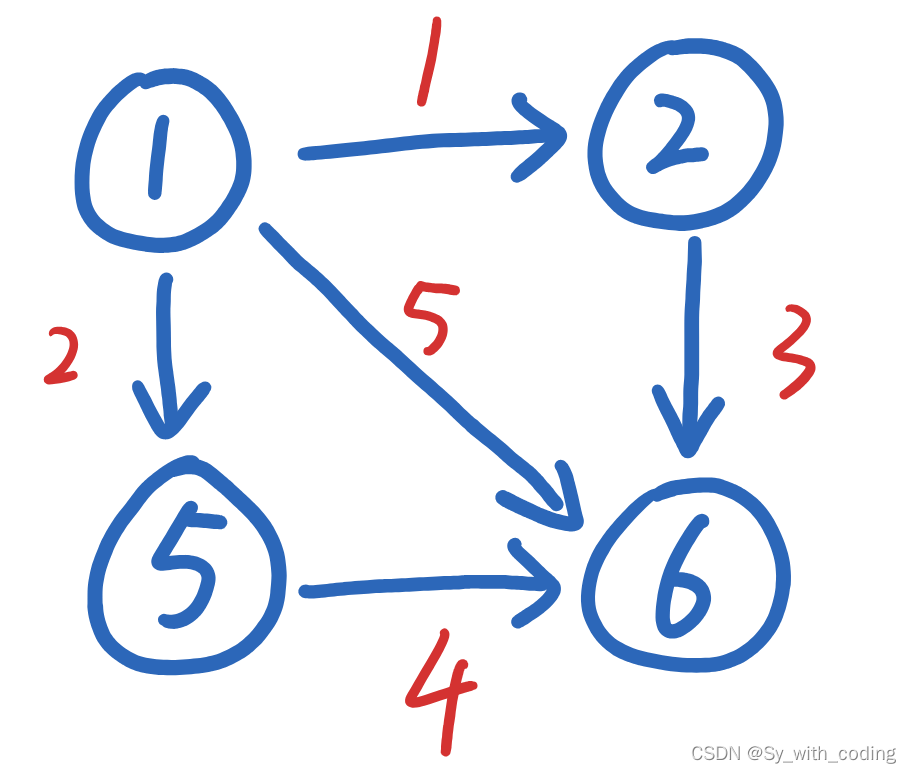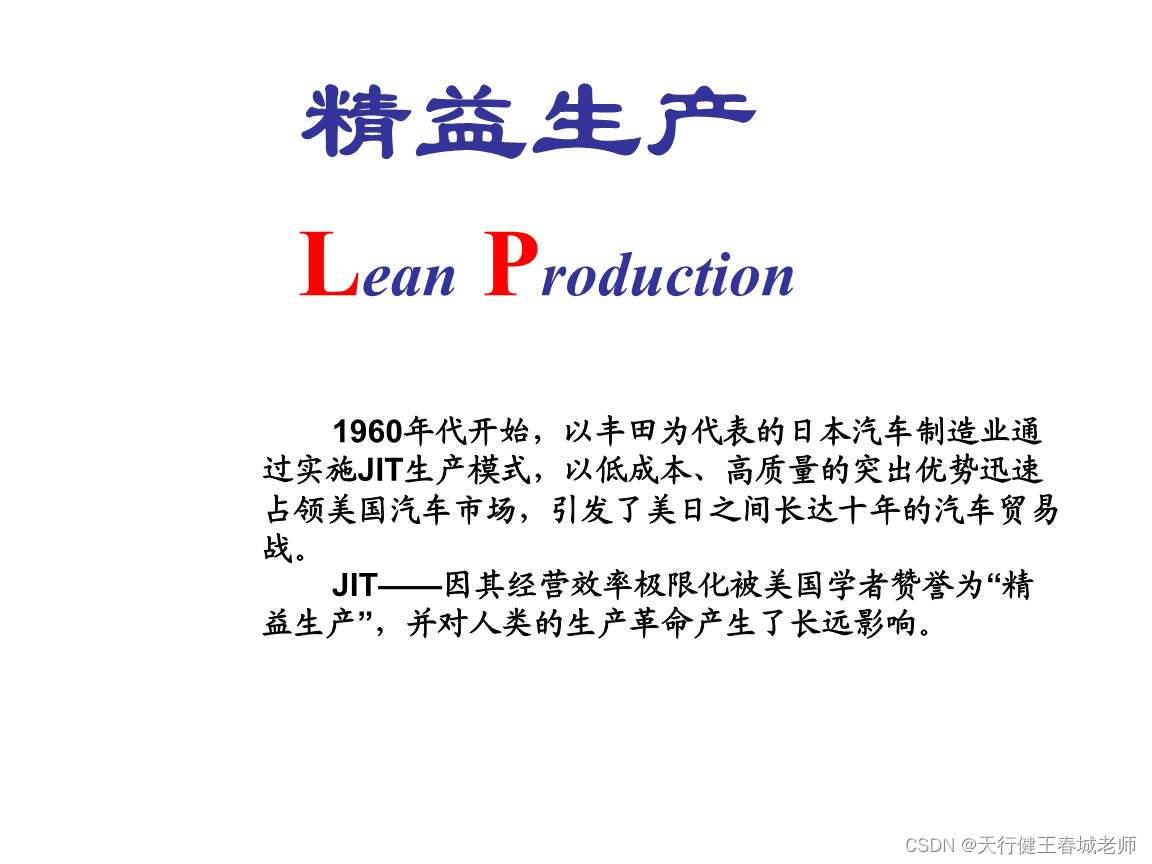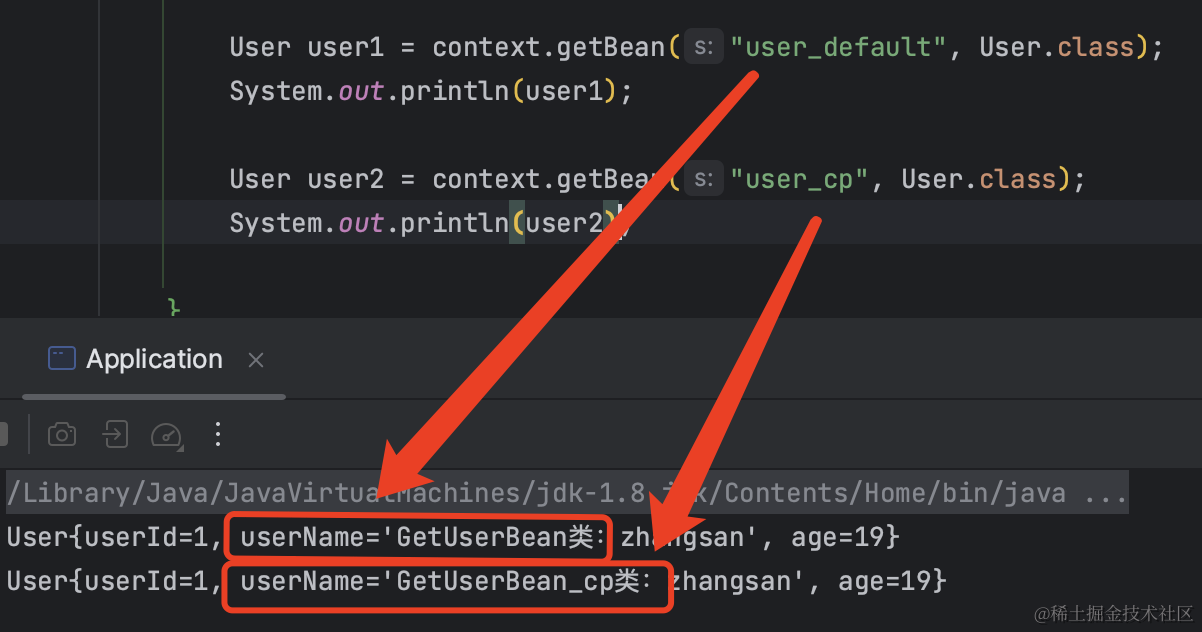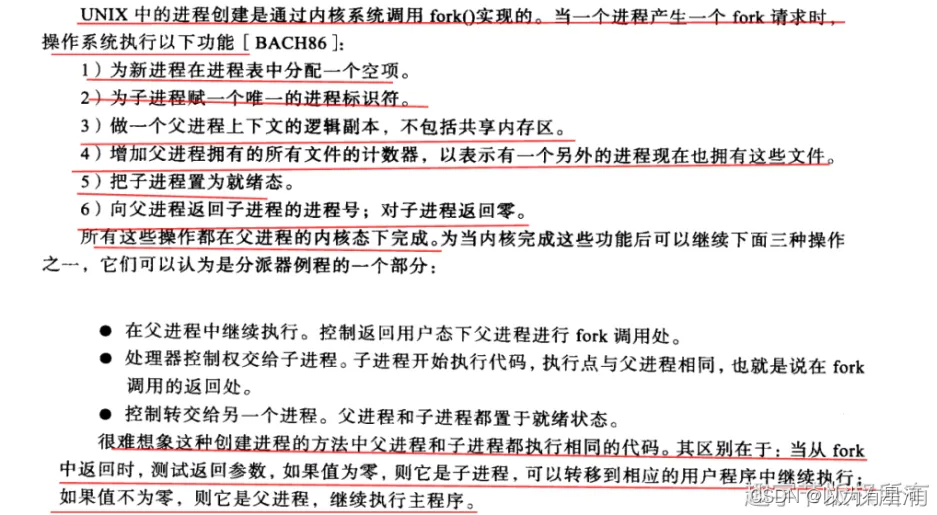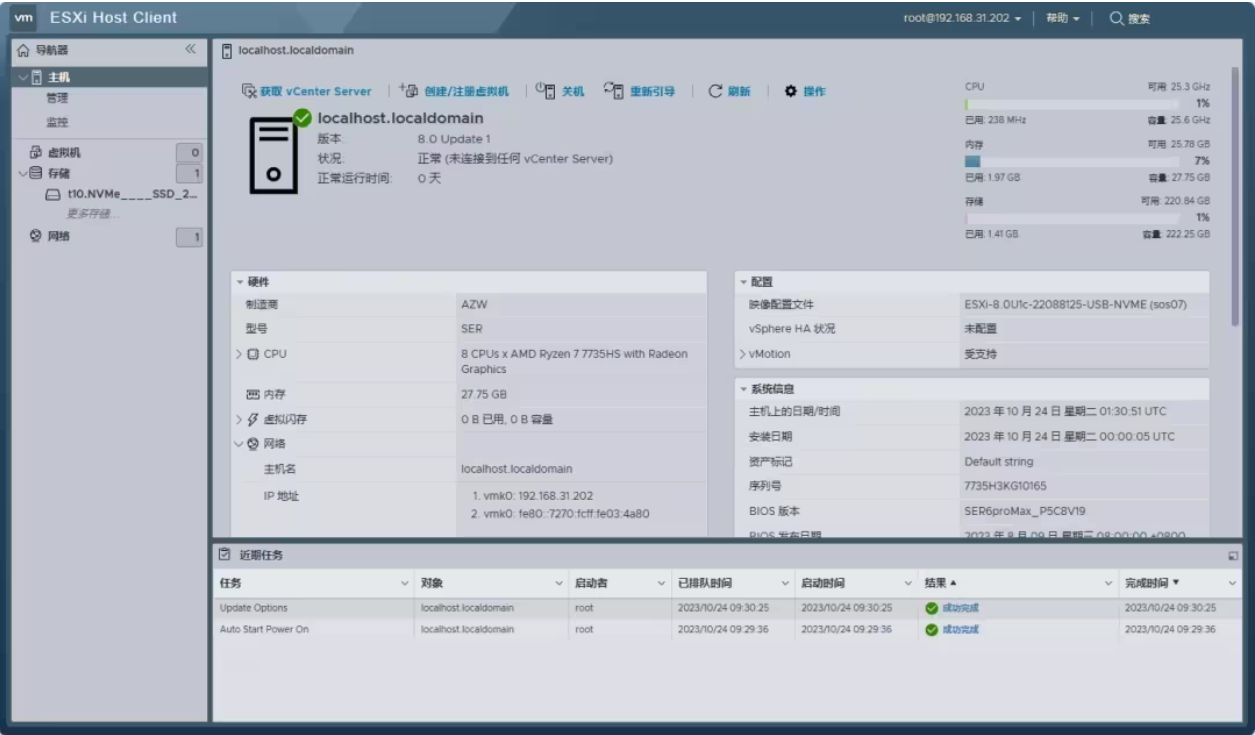用C代码实现环形缓冲区(ring buf)
- 概述
- 环境介绍
- launch.json(没改)
- tasks.json
- 注意
- 代码
- ringbuf.c
- ringbuf.h
- main.c
- 测试说明
- 工程代码下载
概述
因嵌入式项目需要,串口接收的数据有很高的周期性发送频率,原方式通过查询接收标志再接收会导致数据丢失和硬件buf溢出等问题,因此考虑开足够大的环形缓冲区(ring buf)实现,接收中断中仅实时的进行buf写操作,应用程序进行循环查询处理,将数据处理和数据接收解耦合,本文采用VS Code + Gcc编译器编写了测试验证程序,对ringbuf进行了测试,参考文章链接,并非照抄,而是在原文基础上进行了改进,并封装成单独的.c文件。
环境介绍
本文测试代码时在VS Code环境下进行了编写和调试,编译工具用的mingw64,详细配置方法就不做介绍了,主要介绍我遇到的一个问题:单个C程序可正常编译,但多个C程序编译报错(未定义的函数名),主要问题是launch.json 和 tasks.json 不对,参考文章,我的配置如下:
launch.json(没改)
{
// 使用 IntelliSense 了解相关属性。
// 悬停以查看现有属性的描述。
// 欲了解更多信息,请访问: https://go.microsoft.com/fwlink/?linkid=830387
"version": "0.2.0",
"configurations": []
}
tasks.json
该文件主要修改了 “ f i l e " 参数为: " {file}" 参数为:" file"参数为:"{cwd}\*.c”,以编译当前工程目录下的所有C文件
{
"version": "2.0.0",
"tasks": [
{
"type": "cppbuild",
"label": "C/C++: gcc.exe 生成活动文件",
"command": "C:\\mingw64\\bin\\gcc.exe",
"args": [
"-fdiagnostics-color=always",
"-g",
//"${file}", //默认仅编译当前打开的单个文件
"${cwd}\\*.c",//编译当前目录下的所有C文件
"-o",
"${fileDirname}\\${fileBasenameNoExtension}.exe"
],
"options": {
"cwd": "${fileDirname}"
},
"problemMatcher": [
"$gcc"
],
"group": "build",
"detail": "编译器: C:\\mingw64\\bin\\gcc.exe"
}
]
}
注意
这2个文件不是自己编写的,生成方法如下:
打开项目文件夹->终端->配置默认生成任务->选择gcc,之后会自动生成,我们只需要修改部分内容即可
代码
三个文件,main.c为主程序,ringbuf.c和ringbuf.h
ringbuf.c
#include "ringbuf.h"
/* ******************************************
* 环形缓冲区初始化函数 InitRingBuff函数参数说明:
* 参数1 buf :指向ringbuf的结构体指针
* 参数2 size :buf大小,单位字节
* 参数3 over_mode :写入覆盖模式
* 0- 当buf满时阻塞写,并丢弃最新数据
* 1- 当buf满时覆盖写,并丢弃最早的数据
***************************************** */
void InitRingBuff(ringfifo *buf, unsigned int size,int over_mode)
{
buf->pHead = (char *)malloc(size * sizeof(char));
memset(buf->pHead, 0, size);
buf->pValidRead = buf->pHead;
buf->pValidWrite = buf->pHead;
buf->pTail = buf->pHead + size;
buf->used_space = 0;
buf->free_space = size;
buf->overwrite = over_mode;
printf("pread is %d \t pwrite is %d \t used_space is %d \n",buf->pValidRead,buf->pValidWrite,buf->used_space);
}
// 向缓冲区写数据
int WriteRingBuff(ringfifo *buf,char *pdata, unsigned int len)
{
if (buf->pHead == NULL )
{
printf("WriteRingBuff: RingBuff is not Init!\n");
return -2;
}
if (len > buf->pTail - buf->pHead)
{
printf("WriteRingBuff: ring buf is too small\n");//每次写入数据不能超过buf总长度,否则认为buf开的不够
return -1;
}
if ((len > buf->free_space) && (buf->overwrite != 1))
{
printf("WriteRingBuff: New add data is too long\n");//只有在覆盖模式才可写入超过剩余空间的数据,否则无法写入
return -1;
}
// 若新增的数据长度大于写指针和尾指针之间的长度
if (buf->pValidWrite + len > buf->pTail)
{
int PreLen = buf->pTail - buf->pValidWrite;
int LastLen = len - PreLen;
memcpy(buf->pValidWrite, pdata, PreLen);
memcpy(buf->pHead, pdata + PreLen, LastLen);
buf->pValidWrite = buf->pHead + LastLen; // 新环形缓冲区尾地址
}
else
{
memcpy(buf->pValidWrite, pdata, len); // 将新数据内容添加到缓冲区
buf->pValidWrite += len; // 新的有效数据尾地址
}
if ((len > buf->free_space) && (buf->overwrite == 1))//覆盖写
{
buf->pValidRead = buf->pValidWrite;
buf->used_space = buf->pTail - buf->pHead;
buf->free_space = 0;
}
else{//未覆盖
buf->used_space += len;
buf->free_space -= len;
}
return 1;
}
// 从缓冲区读数据
int ReadRingBuff(ringfifo *buf, char *pdata, unsigned int len)
{
if (buf->pHead == NULL )
{
printf("ReadRingBuff: RingBuff is not Init!\n");
return -2;
}
if (len > buf->used_space)
{
printf("ReadRingBuff: Read data is too long\n");
return -1;
}
if (len == 0)
{
return 1;
}
if (buf->pValidRead + len > buf->pTail)
{
int PreLen = buf->pTail - buf->pValidRead;
int LastLen = len - PreLen;
memcpy(pdata, buf->pValidRead, PreLen);
memcpy(pdata + PreLen, buf->pHead, LastLen);
buf->pValidRead = buf->pHead + LastLen;
}
else
{
memcpy(pdata, buf->pValidRead, len);
buf->pValidRead += len;
}
buf->used_space -= len;
buf->free_space +=len;
return len;
}
ringbuf.h
#ifndef __RINGBUF_H_
#define __RINGBUF_H_
#include <stdio.h>
#include <stdlib.h>
#include <string.h>
#include <assert.h>
typedef struct
{
char *pHead; // 环形缓冲区首地址
char *pValidRead; // 已使用环形缓冲区首地址
char *pValidWrite; // 已使用环形缓冲区尾地址
char *pTail; // 环形缓冲区尾地址
unsigned int used_space; //环形缓冲区有效数据个数
unsigned int free_space; //环形缓冲区剩余空间
int overwrite;// 1- overwrite
} ringfifo;
void InitRingBuff(ringfifo *buf, unsigned int size,int over_mode);
int WriteRingBuff(ringfifo *buf,char *pdata, unsigned int len);
int ReadRingBuff(ringfifo *buf, char *pdata, unsigned int len);
#endif
main.c
#include <stdio.h>
#include <stdlib.h>
#include <string.h>
#include <assert.h>
#include "ringbuf.h"
int main()
{
char c;
int len;
int readLen = 1;
char readBuffer[10];
int i = 0;
ringfifo buf1;
int r;
char* strbuff = (char*)malloc(100 * sizeof(char));
buf1.overwrite = 1;
InitRingBuff(&buf1,10,1);
printf("Please enter a character,VER 0.4\n");
while (1)
{
fgets(strbuff,100,stdin);
printf("strlen is %d\n",strlen(strbuff)-1);
if(strlen(strbuff)>1)
{
switch (*strbuff)
{
case 'R':
r = ReadRingBuff(&buf1,readBuffer, readLen);
if (r > 0)
{
for (i = 0; i < readLen; i++)
{
printf("%c ", (char)readBuffer[i]);
}
printf("\n");
printf("pread is %d \t pwrite is %d \t used_space is %d free space is %d BUF:",buf1.pValidRead,buf1.pValidWrite,buf1.used_space,buf1.free_space);
for (i = 0; i < buf1.pTail - buf1.pHead; i++)
{
printf("%c ", (char)*(buf1.pHead+i));
}
printf("\n");
}
break;
default:
WriteRingBuff(&buf1,strbuff, strlen(strbuff)-1);
printf("pread is %d \t pwrite is %d \t used_space is %d free space is %d BUF:",buf1.pValidRead,buf1.pValidWrite,buf1.used_space,buf1.free_space);
for (i = 0; i < buf1.pTail - buf1.pHead; i++)
{
printf("%c ", (char)*(buf1.pHead+i));
}
printf("\n");
break;
}
}
};
return 0;
}
测试说明
程序运行后输入除了”R“以外的任意字符,按回车后写入buf,输入R时从buf读取1个字节,初始化buf时需设置覆盖/阻塞模式,测试结果如下:

